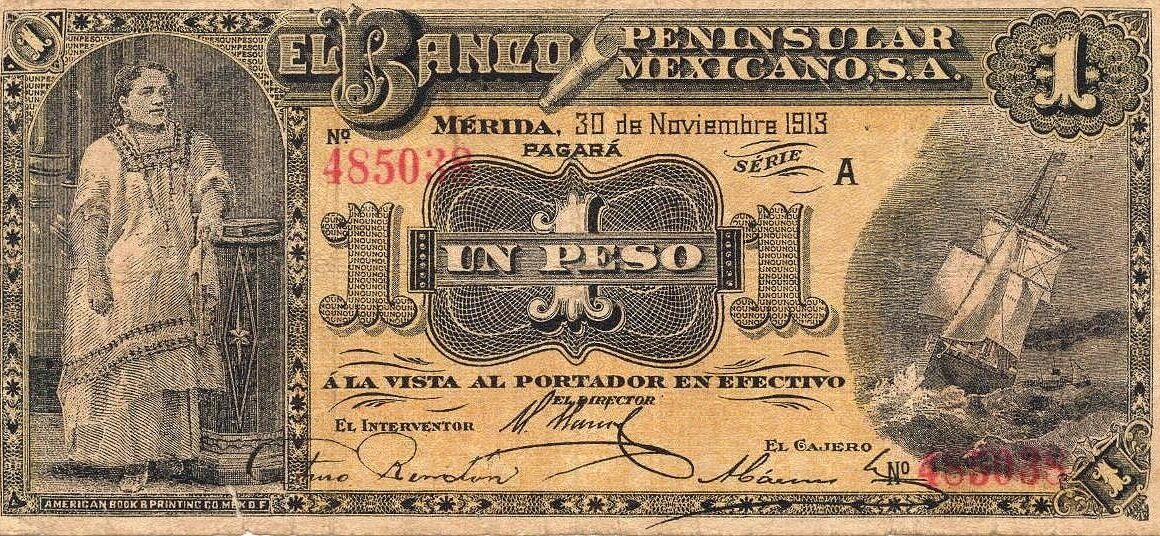Feeling overwhelmed by your finances? You’re not alone. Many people struggle with budgeting, but it doesn’t have to be a source of stress. With the right strategies and tools, you can gain control of your money, achieve your financial goals, and build a more secure future. This comprehensive guide will provide you with practical budgeting tips to help you take charge of your finances and live a more financially empowered life.
Understanding Your Current Financial Situation
Before diving into specific budgeting techniques, it’s crucial to understand where your money is currently going. This assessment forms the foundation of any effective budget.
Tracking Income and Expenses
- Income Tracking:
Document all sources of income, including your salary, freelance work, investments, and any other recurring payments.
Use a spreadsheet, budgeting app, or notebook to record these details.
Example: If you earn $5,000 per month from your job and $500 from a side hustle, record both amounts.
- Expense Tracking:
Categorize your expenses into fixed (rent, mortgage, car payments) and variable (groceries, entertainment, utilities) costs.
Use budgeting apps like Mint, YNAB (You Need a Budget), or Personal Capital to automatically track transactions.
Manually track expenses using a spreadsheet or notebook if you prefer a more hands-on approach.
Example: After a month of tracking, you might find you’re spending $800 on rent, $400 on groceries, and $200 on dining out.
- Review and Analysis:
Analyze your income and expense data to identify areas where you can potentially save money.
Look for patterns and trends in your spending habits. Are you consistently overspending in a particular category?
Example: You might notice that you spend a significant amount on subscriptions you no longer use or that you frequently order takeout when you could cook at home.
Creating a Net Worth Statement
- Calculate your net worth by subtracting your total liabilities (debts) from your total assets (what you own).
Assets: Cash, investments, real estate, retirement accounts.
Liabilities: Credit card debt, student loans, mortgages, car loans.
- This provides a snapshot of your overall financial health and serves as a baseline for measuring future progress.
Example: If you have $50,000 in assets and $20,000 in liabilities, your net worth is $30,000.
- Tracking your net worth over time is a powerful motivator to continue budgeting and improving your financial situation.
Choosing the Right Budgeting Method
There’s no one-size-fits-all approach to budgeting. Experiment with different methods to find one that aligns with your personality and financial goals.
The 50/30/20 Budget
- Allocation:
50% of your income goes towards needs (housing, transportation, utilities, groceries).
30% of your income goes towards wants (entertainment, dining out, hobbies).
20% of your income goes towards savings and debt repayment.
- Benefits:
Simple to understand and implement.
Provides a clear framework for allocating your income.
Allows for flexibility in spending while prioritizing savings and debt repayment.
- Example: If your monthly income is $4,000:
Needs: $2,000
Wants: $1,200
Savings & Debt: $800
The Zero-Based Budget
- Concept: Allocate every dollar of your income to a specific category, ensuring that your income minus your expenses equals zero.
- Benefits:
Forces you to be mindful of every dollar you spend.
Highly effective for achieving specific financial goals.
Provides a detailed overview of your spending habits.
- Example: If your monthly income is $3,000, you would allocate $3,000 across all expense categories (rent, groceries, transportation, savings, etc.).
- This requires a detailed list of your expenses.
The Envelope System
- How it works: Allocate cash to different spending categories and place the money in designated envelopes. Once the envelope is empty, you can’t spend any more in that category for the month.
- Benefits:
Helps control spending on variable expenses like groceries and entertainment.
Provides a visual representation of your spending limits.
Can be effective for people who struggle with overspending.
- Example: You might have separate envelopes for groceries, dining out, entertainment, and clothing.
Cutting Expenses and Saving Money
One of the most effective ways to improve your budget is to identify areas where you can cut expenses and save money.
Identifying and Eliminating Unnecessary Expenses
- Subscription Audit: Review all your subscriptions (streaming services, gym memberships, software) and cancel any that you don’t use regularly.
Example: Cancelling a $20/month streaming service saves you $240 per year.
- Dining Out: Reduce the frequency of eating out and try cooking more meals at home.
Pack your lunch instead of buying it.
- Negotiate Bills: Call your internet, phone, and insurance providers to negotiate lower rates.
Comparison shop to see if you can find a better deal elsewhere.
- Energy Consumption: Reduce your energy consumption by turning off lights, unplugging electronics, and using energy-efficient appliances.
- Impulse Purchases: Avoid impulse purchases by creating a shopping list and sticking to it. Wait 24 hours before buying non-essential items.
Automating Savings
- Set up automatic transfers: Schedule regular transfers from your checking account to your savings account.
Treat savings like a bill and prioritize it in your budget.
- Employer-sponsored retirement plans: Take advantage of employer-sponsored retirement plans like 401(k)s, especially if your employer offers a matching contribution.
This is essentially free money.
- Round-up apps: Use round-up apps like Acorns or Qapital to automatically invest spare change from your purchases.
Setting Financial Goals
Having clear financial goals provides motivation and direction for your budgeting efforts.
Short-Term Goals
- Emergency Fund: Aim to save 3-6 months’ worth of living expenses in an easily accessible savings account.
This provides a safety net in case of unexpected expenses like job loss or medical emergencies.
- Debt Repayment: Prioritize paying off high-interest debt like credit card balances.
Use the debt snowball or debt avalanche method to accelerate your debt repayment.
- Saving for a Vacation: Set a specific savings goal and timeline for your next vacation.
Long-Term Goals
- Retirement: Determine how much you need to save for retirement and create a plan to reach your goal.
Consider factors like your age, desired retirement lifestyle, and investment returns.
- Homeownership: Save for a down payment on a home.
- Education: Save for your children’s college education.
- Investments: Investing in stocks, bonds, and mutual funds to build wealth over time.
Conclusion
Budgeting is a continuous process that requires discipline and commitment. By understanding your financial situation, choosing the right budgeting method, cutting expenses, and setting financial goals, you can gain control of your money and achieve financial freedom. Remember to be patient, stay consistent, and adapt your budget as your circumstances change. Embrace the power of budgeting and embark on your journey towards a more secure and fulfilling financial future.




